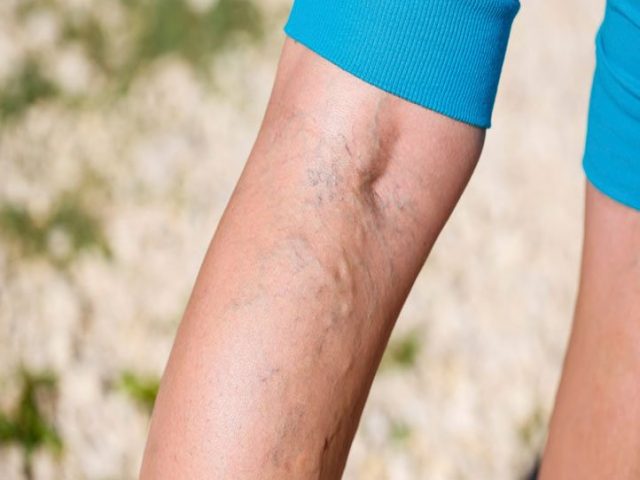Published At: 26 Nov 2018
Published By: cvc-admin

A third of us suffer from varicose veins, but few really know the facts. Here we shatter some common myths.
Myth #1: Standing Cause varicose veins
No, it doesn’t. Its all down to Mum and Dad. There is an 80% chance that you will get veins if you have a family history of veins. If you are female there is a 40% chance you will have abnormal veins compared to a man who has only a 15% chance.
Myth #2: If you can’t see varicose veins, you haven’t got them
One-third of us have venous disease affecting our legs. But only half of us will know it because of visible lump

y-bumpy varicose veins on the skin.
Aching and heavy feeling legs that swell or itch are often the first indication of venous disease with more complications gradually occurring.
Myth #3: You can prevent varicose veins
No, you cannot unless you live in a space station. The only way to reduce your risk of getting them in the first place is to get yourself different parents who haven’t passed on the gene for them!
Myth #4: Crossing your legs causes varicose veins
No, it doesn’t. This myth stems from years ago when hospital patients died of deep vein thrombosis caused by lying immobile in bed. Nurses scolded patients who crossed their legs in bed saying they risked putting pressure on their calves and getting thrombosis.
These patients then warned loved ones back home not to cross their legs because it was harmful to veins and the whole story then became more confused over the years. If crossing legs caused varicose veins, we’d all have them.
Myth #5: Only the old and overweight suffer from varicose veins
Varicose veins are actually a young persons’ disease. Our patients vary from 14 to 89 years old.
Myth #6: Varicose veins are cosmetic and don’t need treatment
New NICE guidelines state that if there are no problems resulting from varicose veins you can leave them alone. However any sign of heaviness or aching legs, itching or swelling of the ankles, skin changes, clots or leg ulcers, they should be treated.
Without treatment, the chance of developing complications such as blood clots, skin damage and leg ulcers, increases every year.
Myth #7: They can be caused by pregnancy
Varicose veins that are already present and hidden will show up during pregnancy. The increased amount of blood in the body triggered by the pregnancy will simply bring them to the surface and make them more obvious.
After the birth, the veins may become invisible again but they are still there. The time to treat them is before the next pregnancy when more problems might occur.
Myth #8: There’s no point operating on varicose veins as they will only grow back
Outdated treatment methods, such as ‘stripping’ varicose veins without treating the actual cause will have a high chance of failure. More varicose veins simply grow to replace what has been removed. However, technology has advanced hugely since then – particularly in the use of ultrasound to locate and treat, the problematic veins. Success rates at The Vein Clinic are significantly higher.
Myth #9: Men can’t get varicose veins
Yes, they can! Women are more health conscious and much more likely wear skirts (Scotland excepted!). They tend to seek help early. Men tend to only seek help when cases become advanced. Trousers are good at hiding problems!
Myth #10: Exercise will make varicose veins worse.
Exercise reduces venous pressures in the legs to nearly zero. Walking or activities that use calf muscles really help because contractions force blood up to the center of the body.
How do we decide which treatment to choose?
Here at Comprehensive Vein Clinic, we offer all the most up to date and evidence-based treatments for varicose vein. It can sometimes be confusing how we select the correct treatments for you. Our choice depends on what we find during your scan and the demands that you make of your legs during the day.
Patients and doctors need to look at all factors when deciding which technique to use including potential risks, anatomy, desired recovery experience, insurance coverage, and cost.